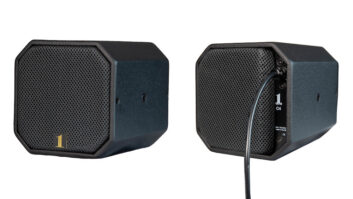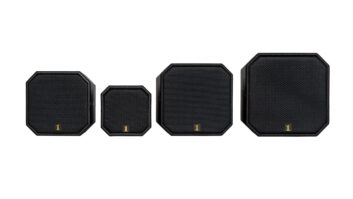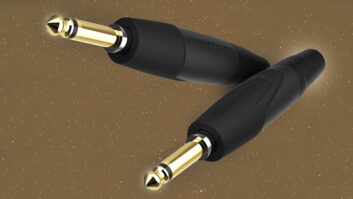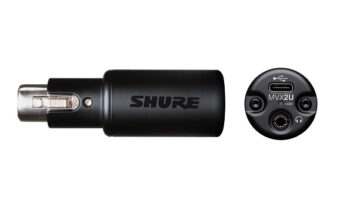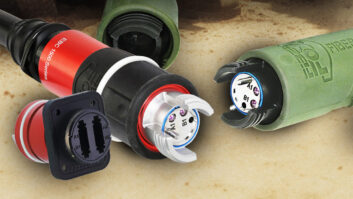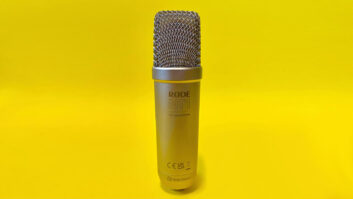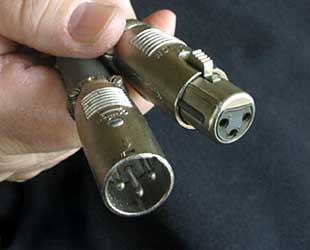
Cannon’s XLR offers rugged, locking connections for balanced audio lines.
Originally, the XLR was intended for aircraft and instrumentation applications—rather than audio—but we’re glad it’s here. In use for balanced pro audio for nearly 50 years, the three-pin versions of Cannon’s XLR connector are so ubiquitous in both analog and digital (AES/EBU) connections that most people in our industry don’t even remember those pre-XLR days. Once upon a time, audio gear was fitted with whatever the manufacturer deemed appropriate, with DIN and Tuchel connections common in Europe and various Amphenol types in the states.
The move to Cannon’s XLR design wasn’t exactly an overnight success, taking at least 15 years, but it provided a universal solution, where a mic cable could double as a line cable and two cables could be connected to make a single, longer cord. The XLR name stems from being Cannon’s “X” Series, with a latching/locking “L” feature and having an elastomeric/rubber “R” insulator.
Besides the common three-pin XLR-3M (male) and XLR-3F (female ) connectors in audio jacks and inline plugs, other XLR types common to audio include 4-pin types for intercom and 12-volt power connections, 5-pin stereo mics and various multipin configurations for tube mics/surround mics and hundreds of non-audio applications. Today, XLR-style connectors are available from many sources, including the original—now ITT Cannon. (Click here to view/download a copy of Cannon’s XLR datasheet.)
